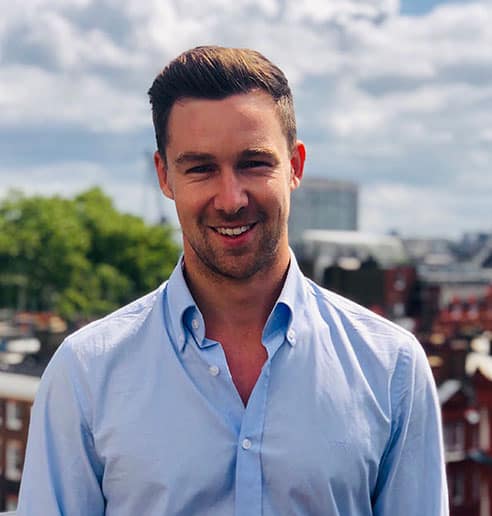
Every established medicine, treatment, and technology was once just an idea.
To paraphrase Neil Armstrong when he made the first steps on the moon, most of these life-changing developments came about not through ‘one giant leap for mankind’ but were instead the product of glacial movements; the weight of decades of research, failures and commitment to a goal forging a path for the rest of us to follow.
Scientific progress is driven by imagination, but turning imagination into reality requires a careful alignment of incentives from all parties, creating advocates in places where there might otherwise be resistance. The events of this past year have put all of this under the microscope and shown us what can be achieved when imagination and regulation align. So how do we ensure that they continue to leap forward together?
Shifting goalposts
Global public health is the sum outcome of every individual’s health, and everyone has their own expectations. The pharma industry, often much maligned, responded quickly and effectively as the COVID-19 pandemic took hold, moving through the three Ds of the product life cycle – discovery, development and distribution – in a matter of months.
The sudden alignment of public interest, political will and population-level incentives meant the goalposts shifted to such an extent that the question was no longer ‘if we can do it’ but ‘how we do it quickly and effectively’.
Although there have been some early successes, the pandemic has also exposed some of the frailties of healthcare systems across the globe. The disparity between citizens’ heightened expectations and the reality that governments and industry face has never been more apparent.
This is an equation in which continued investment in research, development of novel medicines and increasingly personalised solutions are balanced against maintaining sustainability of healthcare systems during a global economic downturn.
Thankfully, not every disease becomes a pandemic, but it’s now a fair question to ask how we can continue helping policymakers – and society as a whole – keep pace with productive innovation in all areas of healthcare. For example, there are 30 million people in the EU who live with a rare disease, for whom the perceived lack of prioritisation is stark.
As the European Commission explores the reopening of regulations surrounding Orphan Medicinal Products this year, it is clear that we need to ensure our vision for delivering better care is a shared purpose. One where the end goal becomes a team pursuit and regulatory velocity is achieved by combining speed with focus.
Risk and reward
Disruptive innovation can be extremely valuable, but it is also uncertain and laced with risk from a financial and resource perspective. This is where effective incentives are key, bringing together the needs of patients, physicians, regulators and governments to help reduce delays and barriers to access, while also promoting a system that encourages and rewards genuine innovation.
Good policymaking draws on three major components: addressing a problem, assessing the scale and accessing the solution. As we work to create new regulations, or review and reshape existing ones, all three of these components are essential for us to pressure test the strengths and limitations of the current framework. But sometimes this is still too narrow a focus.
Where, in other areas, we can focus on the economic value of solving the problem, in healthcare there is a societal and human value to consider as well. In this reimagined system, the aim should not be to reduce budgets, but to reinvest savings in better care.
If we are to make sure that the pharmaceutical industry isn’t inventing in isolation, we need innovation to be championed by everyone. The challenges of regulation keeping pace with science are numerous, but this is a privileged and positive position in which to find ourselves.
Regulation is, of course, essential to quality of care, but we need to find a balance which proves that scientific innovation, calculated risk and speed are not mutually exclusive to safety and efficacy.
For now, it still holds true that imagination moves faster than regulation in most areas of our industry. The best treatment in the world means nothing to the patient who can’t access it. If we’re to deliver our vision of truly global public health, we must keep our eyes on that prize.
Maintaining the spirit of collaboration and open communication will help make this vision a reality, whereas a unidirectional flow of information will not. This means building on the relationships that have been strengthened between all stakeholders over the last year. For the future of health, we must not allow this opportunity to pass us by.
Michael Bradley is Senior Account Director at Langland





